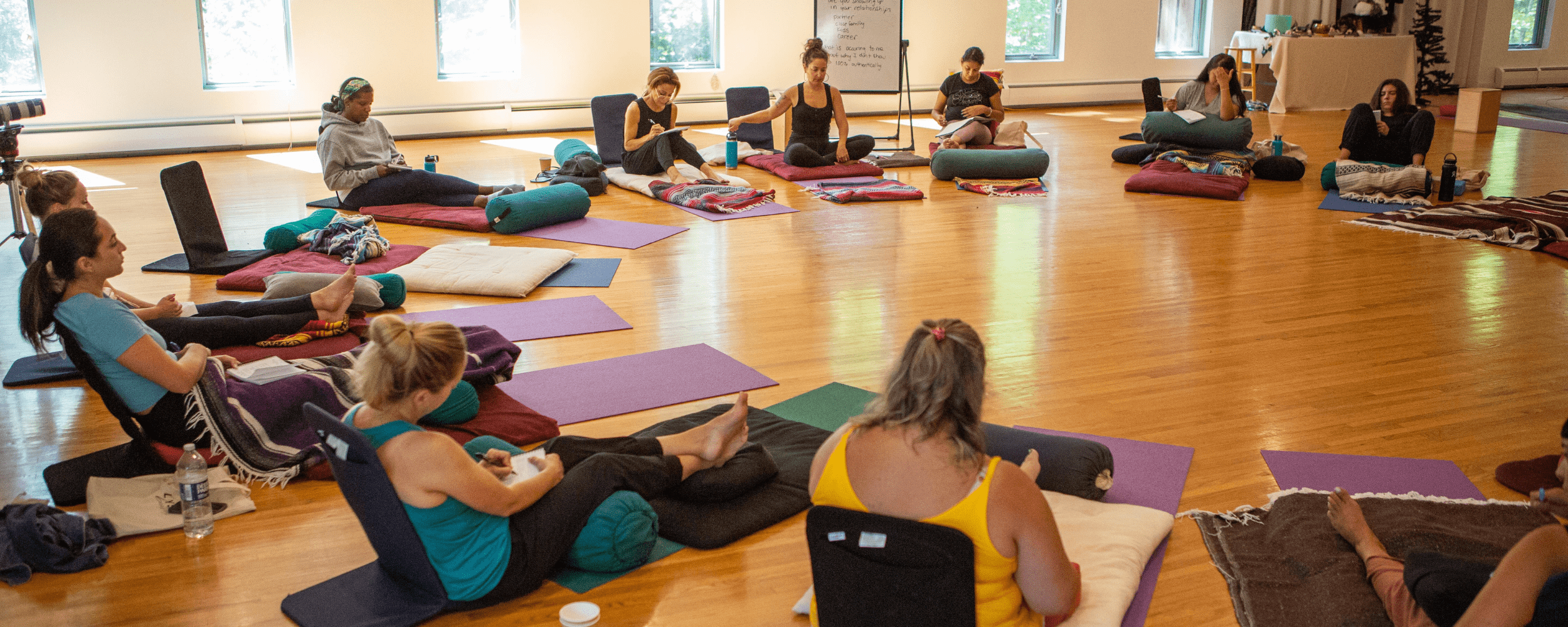By Alyse Bacine
Last updated March 2025
Intuitive Healing Mastery: Skills, Practices, and Principles
How can someone become an intuitive healer? To become an intuitive healer, develop a daily meditation practice, train your somatic awareness, study energy medicine principles, learn specific healing techniques, establish firm energetic boundaries, pursue mentorship with experienced practitioners, and commit to your healing journey. The process requires dedication to both technical skill development and personal growth.
The path toward healing work that creates permanent transformation rather than temporary relief requires dedication, self-awareness, and authentic connection with your perceptive abilities. This work addresses root causes rather than surface symptoms, allowing for complete resolution of patterns instead of ongoing management.
Introduction to Intuitive Healing
At its foundation, holistic intuitive work recognizes that physical manifestations often reflect deeper energetic and emotional patterns that conventional approaches might miss. This methodology works with the understanding that our bodies contain wisdom beyond conscious awareness.
When properly trained, practitioners can access and interpret information hidden to typical observation. Rather than merely suppressing symptoms, this approach creates conditions for authentic resolution by addressing origins rather than expressions of distress.
Research by cellular biologist Dr. Bruce Lipton shows that our beliefs and emotions directly influence cellular function.¹ Practitioners who develop this skill detect where emotional residue creates physical restrictions and facilitate their release.
Developing Intuitive Abilities
Genuine intuition differs fundamentally from wishful thinking or projection. Cultivating reliable intuitive capacity requires specific practices that quiet analytical processing while enhancing your natural sensing abilities:
Structured meditation practice: Daily meditation establishes the internal silence to distinguish between mental noise and authentic intuitive signals. Start with just 5 minutes of breath-focused practice, gradually extending as your capacity grows.
Somatic awareness training: Your body constantly receives information that your conscious mind might overlook. Regular body awareness exercises help you recognize subtle energy shifts within yourself and eventually in others.
Emotional intelligence development: Effective healers require exceptional emotional awareness. Document emotional patterns and their accompanying physical sensations to create valuable reference points.
Clear boundary establishment: Robust energetic boundaries prevent you from absorbing others' emotional states. Practice visualizing a distinct energetic field that allows perception without absorption.
Being highly sensitive can be advantageous in healing, but only when coupled with strong emotional regulation skills. Without these capabilities, sensitivity becomes a hindrance rather than a healing asset.
Understanding Energy Medicine
The foundation of intuitive work is understanding how energy flows through living systems. This approach recognizes that physical manifestations often result from disruptions in the body's natural energetic currents.
The human biofield has been measured using sophisticated equipment that detects electromagnetic frequencies generated by the body.² Each cell produces electrical signals, creating a comprehensive electromagnetic signature unique to each individual.
When studying energetic alignment techniques, focus initially on perceiving these fields before attempting modification:
Essential energy sensing practice: Rub your palms together vigorously for 30 seconds, then slowly separate them about 4 inches apart. Notice the magnetic-like sensation between them. This simple exercise builds your capacity to detect subtle energy currents.
Proximal scanning technique: Position your hands 3-6 inches above a practice partner, slowly moving from head to feet without physical contact. Note any sensations: temperature variations, tingling, density, or lightness.
Fundamental energy direction: After developing sensing abilities, practice channeling energy through your hands for essential clearing. Visualize clear light flowing through your crown, heart center, and palms.
The energetic detox benefits extend far beyond temporary relief. When energy patterns transform at their source, the changes tend to be permanent rather than transient, representing authentic healing rather than managing recurring issues.
Learning Healing Techniques
Skilled practitioners draw from multiple approaches rather than relying solely on one methodology. While developing your unique approach, explore these foundational techniques:
Contact-based energy work: Methods like Reiki provide structured protocols for directing healing energy. These techniques formalize the innate human capacity to channel healing intention through touch.
Non-local healing methods: This work can occur regardless of physical proximity. Non-local practices develop your ability to perceive and shift energy patterns without direct contact.
Breathwork practices: Conscious breathing techniques form an essential component of energy medicine. Specific patterns activate the parasympathetic nervous system, release trapped emotions, and create energetic shifts.
Somatic awareness techniques: These practices bridge the gap between cognitive understanding and embodied healing, helping clients reconnect with bodily sensations that may have been numbed due to trauma.
Pattern recognition development: Learn to identify how specific emotional patterns manifest energetically. Grief typically creates a characteristic constriction in the chest region, while suppressed anger often presents as tension in the jaw and shoulders.
Trauma-informed approaches: Trauma creates distinctive imprints in both the energy field and nervous system. Study polyvagal theory and somatic experiencing to understand how trauma becomes stored within the body.³
When facilitating sessions, maintain a clear intention while remaining unattached to specific outcomes. Your role is to create optimal healing conditions, not force particular results.
Building a Life Strategy for Intuitive Healing
This work demands more than technical proficiency—it requires a comprehensive approach that supports your sensitive nature:
Personal healing foundation: You cannot effectively facilitate healing beyond your healing level. Commit to ongoing personal growth with experienced practitioners.
Energy maintenance protocols: Establish daily practices that clear residual energies acquired during client work. Effective options include salt baths, time in nature, movement practices, and visualization techniques.
Ethical framework construction: Establish clear guidelines before working with others. Consider appropriate boundaries, client autonomy, and the distinction between facilitating healing and attempting to "rescue" others.
Professional mentorship: Connect with experienced practitioners who can provide guidance. This work should never be isolated; the community offers essential support and accountability.
Understanding what it means to be a lightworker at its core means recognizing that your primary responsibility is creating safe conditions for transformation, not controlling or directing the healing process.
Practical Application and Healing Sessions
When beginning to work with others, clear protocols provide necessary structure while you develop confidence:
Preparation process: Develop a consistent centering ritual that aligns your energy and establishes clear intention. This might include brief meditation, clearing techniques, and conscious connection to sources of wisdom.
Session framework: Establish a reliable structure that includes initial centering, discussion of client intentions, explanation of what to expect, the healing work itself, integration period, and debriefing conversation.
Client preparation: Teach clients fundamental concepts and encourage active participation. This empowers them while establishing realistic expectations about outcomes.
Clinical documentation: Keep thorough records of observations and approaches in each session, creating valuable reference material and building professional credibility.
Conscious healing work means being aware of your technical approaches and intuitive impressions. The most effective healing occurs at the intersection of structured methodologies and intuitive guidance.
Continuous Learning and Growth
The development of an intuitive empath practitioner never ends. Commit to lifelong learning through:
Structured education: Consider programs offering formal training in specific modalities. Look for approaches that resonate with your natural abilities while expanding your technical range.
Evidence-based understanding: Study the growing research on energy medicine, psychoneuroimmunology, and the physiological effects of various healing approaches.
Interdisciplinary exploration: Some of the most valuable insights emerge from seemingly unrelated fields: study psychology, neuroscience, quantum physics, and traditional healing practices from diverse cultures.
Professional supervision: Work with a mentor who provides honest feedback on your developing practice. External perspective prevents stagnation and identifies blind spots in your approach.
This path isn't about reaching a final destination but committing to ongoing refinement and growth.
Conclusion
Becoming an a Holistic Intuitive Practitioner requires equal dedication to technical skill development and personal evolution. The most effective practitioners combine solid methodology with authentic presence, creating safety for profound transformation.
Unlike approaches that merely manage symptoms, genuine intuitive work addresses the root causes of distress. Resolving issues at their source rather than continuously treating their expressions creates lasting transformation.
This path brings significant responsibility and deep fulfillment. By committing to it with integrity and persistence, you will develop the capacity to facilitate authentic healing, permanently resolving patterns rather than temporarily alleviating symptoms.
Frequently Asked Questions
Can anyone develop intuitive healing abilities? Yes, intuitive abilities are natural human capacities that can be developed with practice. While some people may have stronger initial sensitivity, anyone can enhance their intuitive skills through consistent meditation, somatic awareness exercises, and proper training with experienced mentors.
How long does it take to become proficient as an intuitive healer? Developing proficiency typically requires 1-3 years of dedicated practice, though this varies by individual. The journey involves both technical skill acquisition and significant personal healing work. Many practitioners report noticeable improvement in their abilities after 6-12 months of consistent practice.
Do I need certification to practice intuitive healing? While certification isn't legally required in most places, quality training programs provide essential structure, guidance, and credibility. Look for programs that combine theoretical knowledge with substantial supervised practice experience and emphasize ethical guidelines.
How is intuitive healing different from traditional therapy? Intuitive healing accesses information beyond conscious awareness, working directly with energy patterns that underlie physical and emotional symptoms. While conventional treatment primarily addresses cognitive and behavioral patterns, intuitive approaches focus on energetic imbalances and subconscious patterns stored in the body.
References
¹ Lipton, B. H. (2008). The biology of belief: Unleashing the power of consciousness, matter and miracles. Hay House.
² Rubik, B. (2002). The biofield hypothesis: Its biophysical basis and role in medicine. Journal of Alternative and Complementary Medicine, 8(6), 703-717.
³ Porges, S. W. (2011). The polyvagal theory: Neurophysiological foundations of emotions, attachment, communication, and self-regulation. W. W. Norton & Company
Alyse Bacine— Transformational Trauma Expert & Breathwork Practitioner
Alyse Bacine, founder of Alyse Breathes and creator of The Metamorphosis Method™, has over 24 years of breathwork experience and an extensive mental health background. She’s pioneered a methodology that uniquely bridges the gap between traditional therapy and somatic healing.
The Metamorphosis Method™ is the first comprehensive approach that combines clinical mental health expertise with advanced breathwork and energy healing. This powerful integration helps women like you break free from limiting patterns and step into your true purpose, creating lasting transformation where other approaches fail.


